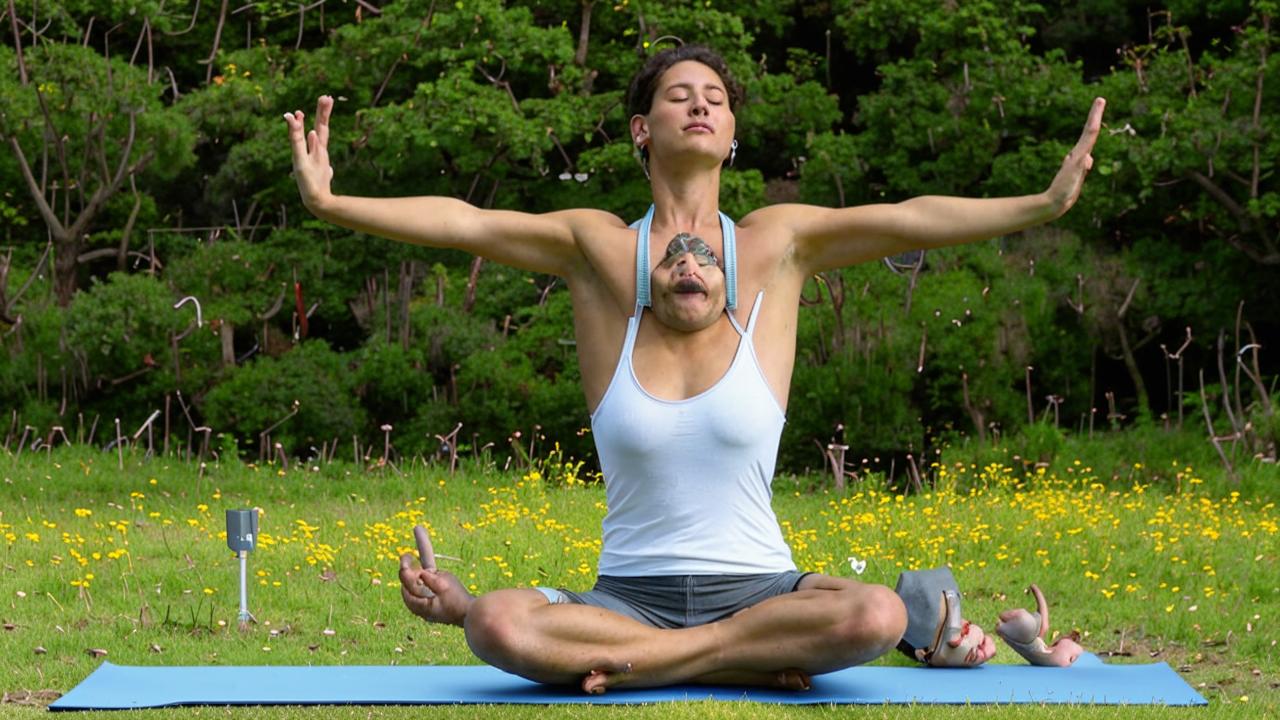
fitness trainer
“Knee joints experience loads of varying strength and intensity on a daily basis, so they are more likely to be subjected to various injuries and damage. It is important to strengthen your knee joints, especially if you are predisposed to problems with them. Regular exercise, maintaining a healthy lifestyle, proper nutrition and preventive measures will help strengthen your knee joints and prevent possible risks.”
The importance of strengthening knee ligaments
Pain, stiffness, and discomfort in the knees can occur due to regular repetitive strain, various body conditions, diseases, or one-time injuries.
Also, knee joints are prone to age-related deformation due to active loading throughout life. As we age, the cartilage tissue in the knee joints can wear down. This leads to a decrease in the shock-absorbing properties of the joints and the appearance of pain and stiffness when walking, running and any other movements.
This applies not only to professional athletes. It is important to strengthen the knees and those who are far from sports. Active walking uphill, long driving, climbing stairs, prolonged sedentary work have a strong impact on the condition of knee joints.

Anatomy and mechanism of knee joint movement
The knee joint is the largest and most complex in the body. It is it that provides mobility and support for the leg. The knee is formed by the connection of several bones: femur, tibia, fibula, as well as the patella. The structure of the joint also includes muscles, meniscus, cartilage, ligaments, tendons, nerves and blood vessels.
The main types of movements for the knee joint are flexion and extension. They are performed by the coordinated work of muscles, ligaments, tendons, cartilage, and intra-articular fluid.
Muscles. Quadriceps, thigh biceps and calf muscles provide movement and stabilization of the knee joint.
Ligaments. The anterior cruciate ligaments, posterior cruciate ligaments, and collateral ligaments connect the bones and provide stability, preventing excessive movement and keeping the skeleton in proper alignment.
Tendons. Connect muscles to bones and transmit force from muscles to bones, playing an important role in bending and extending the knee.
Cartilage. Its job is to ensure that bones slide smoothly over each other, absorb shock, and prevent wear and tear on joint surfaces.
Intra-articular fluid. Its job is to lubricate the joint surfaces and reduce friction between them. This helps maintain healthy cartilage and prevent wear and tear on the joint.
If any of the structures are compromised, the entire joint will be affected. Pain, weakness, discomfort, and discomfort may occur.
Why can there be pain in the knees?
According to the mechanism of occurrence, pain in the knee can be traumatic and atraumatic. The cause of the first is acute trauma, and the second arises as a result of repeated loading, inflammation or degenerative changes.
Important! Methods of treatment of the knee joint depend on the cause of discomfort. It is recommended to consult a doctor to make an accurate diagnosis and prescribe the appropriate treatment.
Traumatic causes of pain
Traumatic causes of knee pain can occur during sudden household movements and during sports. Here are some of them:
- Meniscus tears. Damage to the meniscus can cause sharp pain in the knee joint.
- Ligament sprains or tears. For example, a sprain of the anterior or posterior cruciate ligament can cause severe pain and instability in the knee.
- Fractures. Fractures of the femur, fibula, or tibia can cause severe pain, joint disruption, swelling in the knee area, and more.
- Sprains. With this injury, the integrity of the joint is compromised, which can cause severe pain and knee dysfunction.
- Cartilage injuries. Contusions or damage to cartilage due to trauma can cause soreness and discomfort.

Atraumatic causes of pain
Atraumatic causes of knee pain are usually due to diseases, syndromes, and conditions of the joint. Here are some of them:
- Osteoarthritis. This is a common problem characterized by wear and tear on cartilage due to aging or overuse, which can lead to pain, stiffness of movement, and inflammation.
- Bursitis. This condition inflames the mucosal bag of the knee joint, which can lead to knee swelling, soreness and restricted movement.
- Tendon inflammation. In the beginning, it can manifest itself during physical activity, and over time it can be felt even with minor loads or at rest. For example, inflammation of the hamstring can cause soreness in the knee area and restriction of movement.
- Baker’s cyst. A fluid mass forms behind the kneecap due to a buildup of synovial fluid, which can cause soreness and discomfort.
How does running affect the knee joint?
Running can have both positive and negative effects on knee joint health. First of all, this type of activity is ideal for people without strict medical restrictions and in the absence of acute injuries.
According to research, moderate-intensity running strengthens intervertebral discs and improves cartilage nutrition. This helps to keep the spine and knee joints in normal condition. Moreover, running with proper technique and adequate load helps to reduce knee pain.
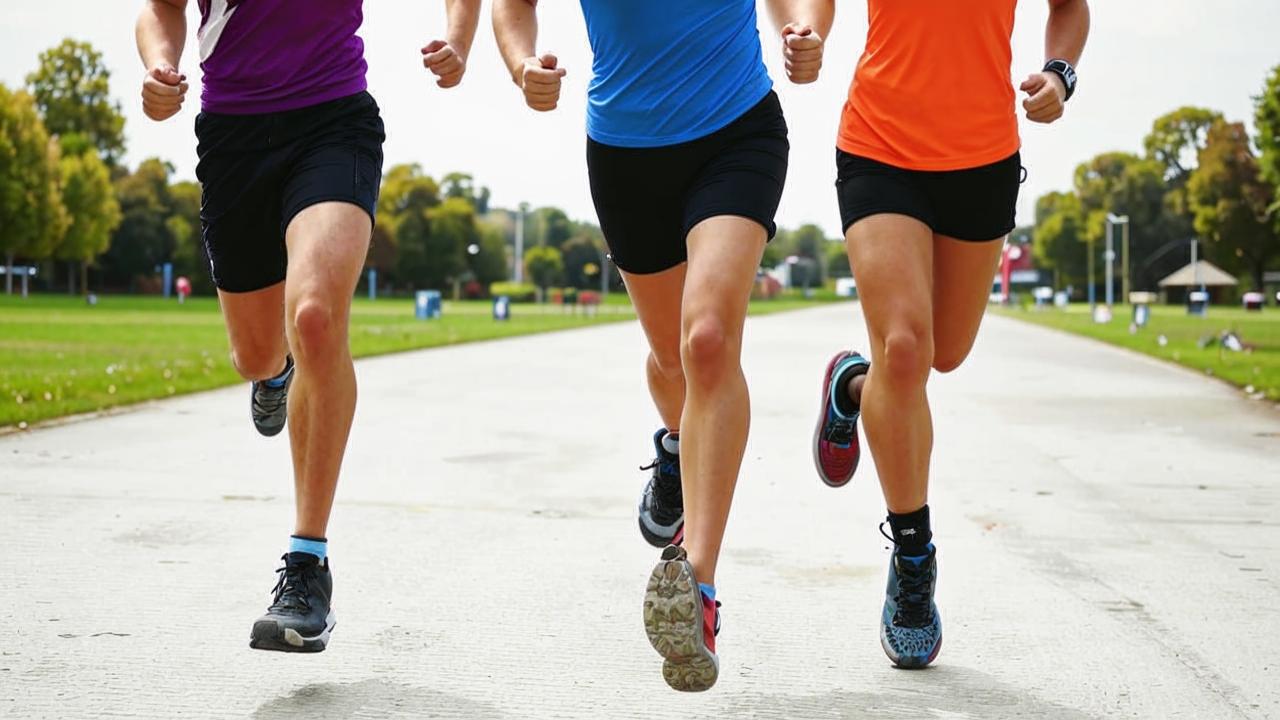
7 exercises to strengthen knee ligaments
To strengthen knee joints, ligaments and tendons, it is important to choose the right exercises with adequate load. You can exercise in exercise machines, with free weights or without any equipment at all.
Leg bending in a trainer
Technique
- Lie on your stomach on the bench of the simulator. Press your pelvis tightly and fix it in this position throughout the exercise. Adjust the roller so that it rests on the back of your shins, not on your heels. Point your toes toward you.
- As you exhale, smoothly bend your legs at the knees, pausing briefly at the top point. Make the movement without jerking.
- It is recommended to keep the pelvis pressed during the bending and do not pull away from the bench to protect the lower back from injury and remove unnecessary load.
- As you inhale, smoothly extend your legs at the knees to the starting position. Try not to relax your legs and feet.
Perform three approaches of 15 repetitions. Rest between approaches – 1-2 minutes.
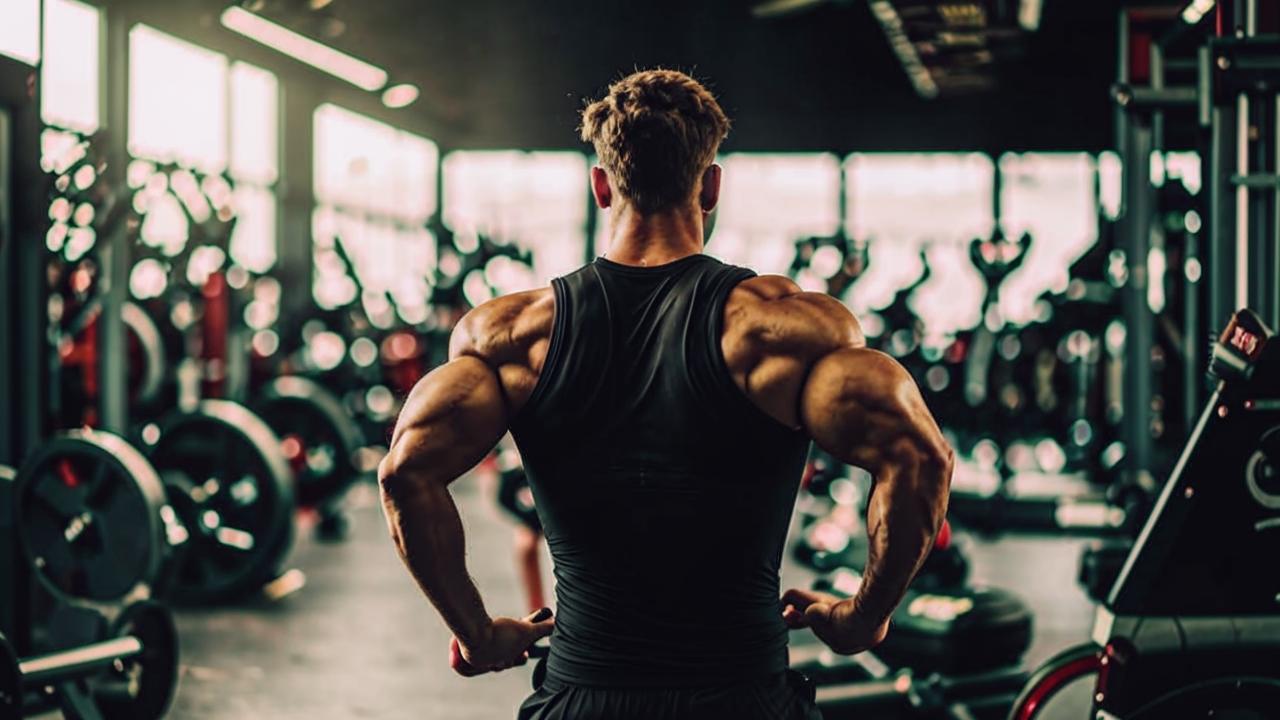
Leg curls in a training machine
Technique
- Sit in the trainer and press your lower back tightly against the backrest, fixing it in this position throughout the exercise. Adjust the roller so that it rests on the front of the shin and not on the instep of the foot. Point the toes toward you.
- As you exhale, gently bend your legs at the knees, pausing briefly at the top point. Make the movement without jerking and not all the way to the end, so as not to overextend the joint.
- It is recommended to keep the lower back pressed during the extension and not to pull it away from the bench.
- As you inhale, slowly bend your legs at the knees to the starting position. Keep your legs and feet relaxed.
Perform three approaches of 15 repetitions. Rest between approaches – 1-2 minutes.
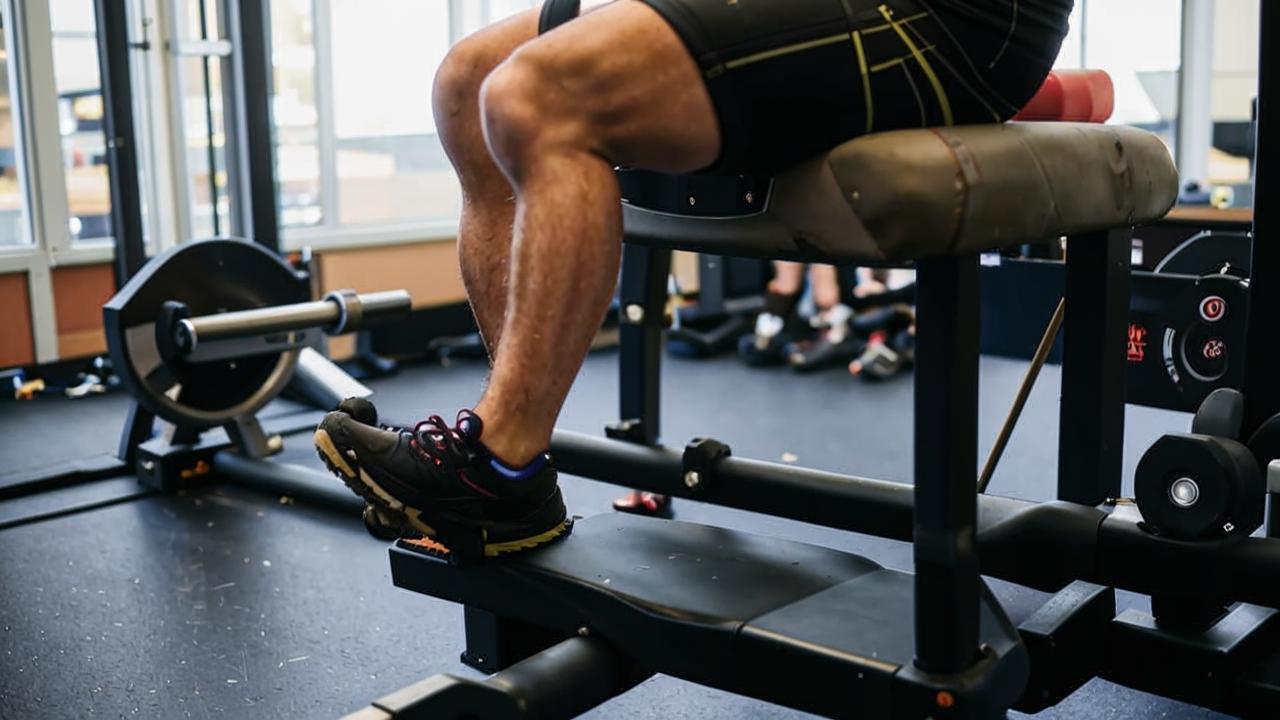
Half squat
Technique
- Stand up straight, feet shoulder width apart. Bend slightly in the lower back, keep your back straight. Keep your gaze forward.
- The shoulder blades are down and brought together. Pay attention to the position of the feet and knees. They are standing straight, not slumped inward or outward.
- Take a deep breath, take the pelvis back and bend the legs at the knees, smoothly lowering down 20-30 cm. Tense your abs during the exercise.
- As you exhale, push up to the starting position due to the strength of your legs.
Perform three approaches of 15 repetitions. Rest between approaches – 1-2 minutes. You can stand against a wall to keep your balance better.
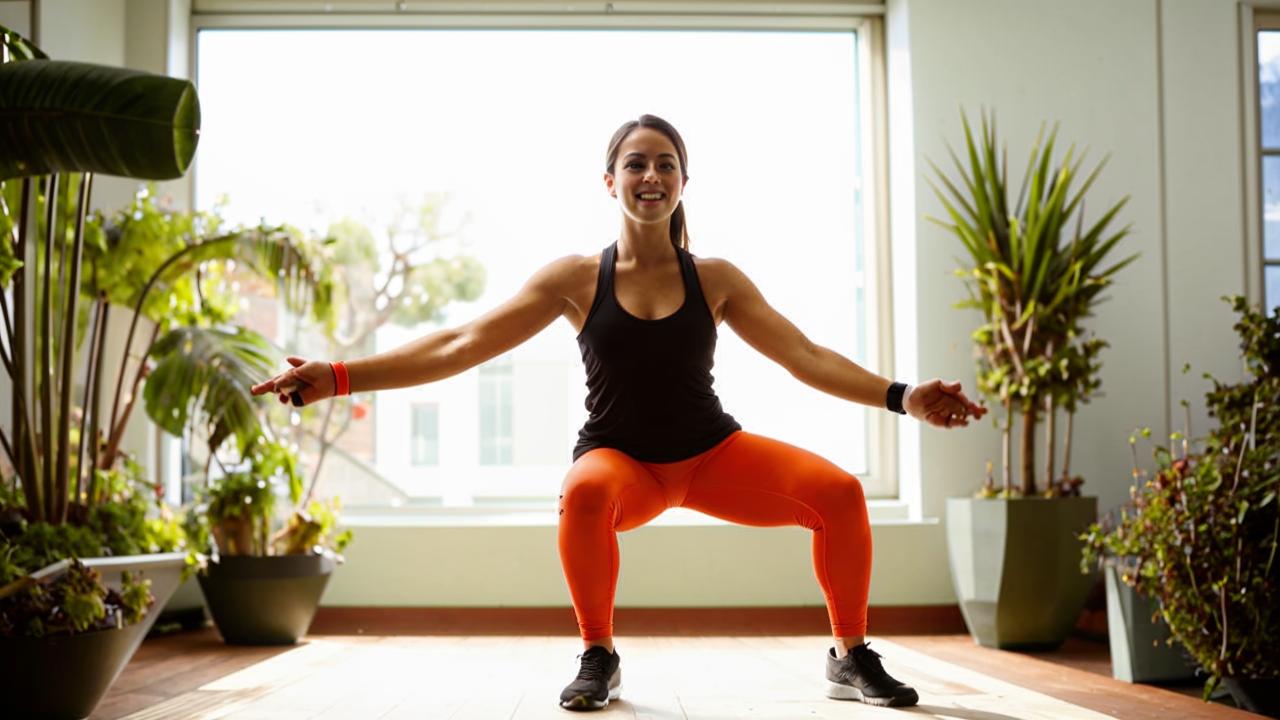
Gluteal bridge
Technique
- Lie on your back. Bend your legs at the knees and rest your heels firmly on the floor. Feet at a distance of 20-25 cm from each other.
- Pay attention to the position of the foot and knee joint. They are standing flat under each other, not cocked inward or outward.
- On the exhale, push the pelvis up to a straight line with the back, lingering at the top for one second or more.
- On the inhale, lower the pelvis gently to the floor for two to three seconds.
- Avoid a strong bend in the lower back. To do this, control your pelvis and keep your buttocks and abs under slight tension.
Perform three sets of 15 repetitions. Rest between approaches – 1-2 minutes. You can use additional weights or increase the number of repetitions to increase efficiency.
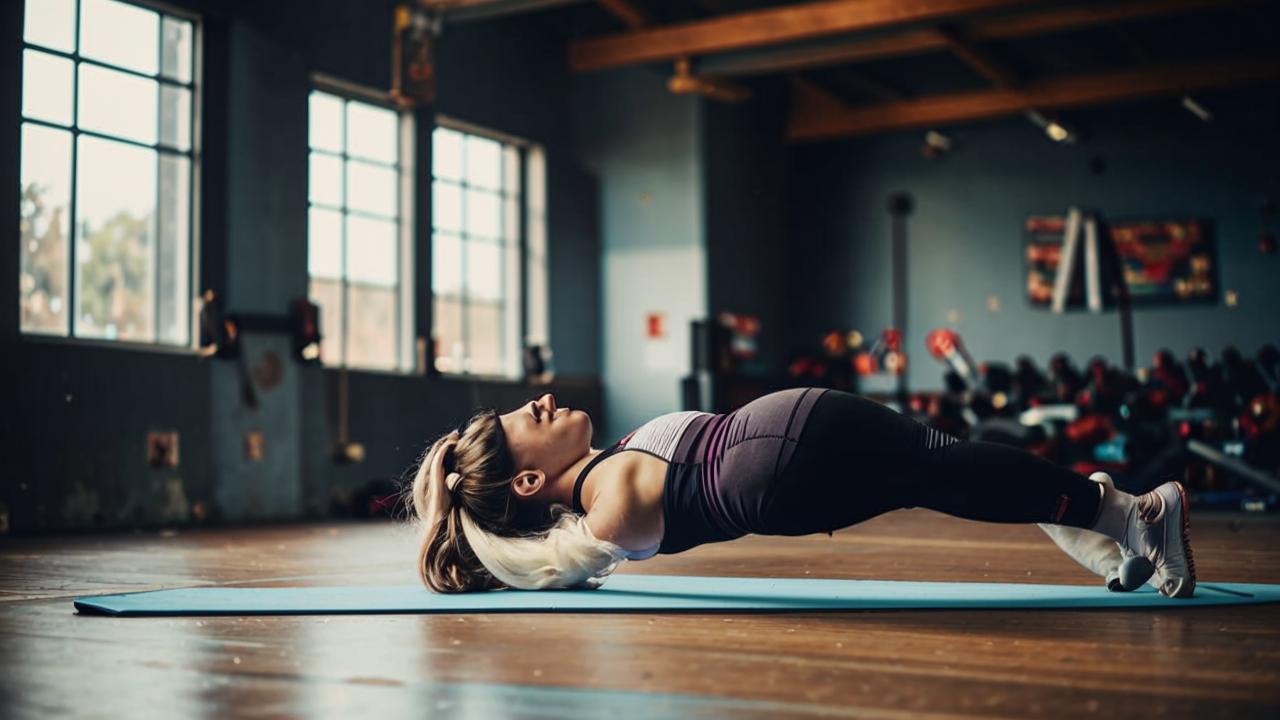
Supported toe raises
Technique
- It is necessary to find some elevation and stand on it so that the heels hang in the air. A bar, a ladder or a step-platform for fitness is suitable. For convenience, we recommend standing against a wall for support
Back straight. Scapulae together, chest forward. - As you exhale, powerfully lift yourself upwards at the expense of the toes of your feet. Note that the weight of the body is transferred to the toes.
- Hold this position for 1-3 seconds. The higher the level of athleticism, the longer stay in the upper point.
- As you inhale, gently lower your heels down until you feel a stretch in your calf muscles.
Perform three approaches of 15 repetitions. Rest between approaches – 1-2 minutes.
Leg extension lying on your side
Technique
- Lie on your side with straight legs, and point your toes towards yourself. You can rest your hands on the floor. This will better stabilize your body and keep your balance.
- Relax your neck, you don’t need to tense it.
- On exhalation, slowly, without jerking, bring the straight leg up to an angle of 45 degrees, making a small pause at the top point.
- As you inhale, smoothly bring the straight leg back to the starting position, pointing the toe toward you.
Perform three approaches of 15 repetitions for each leg. Rest between approaches – 1-2 minutes.
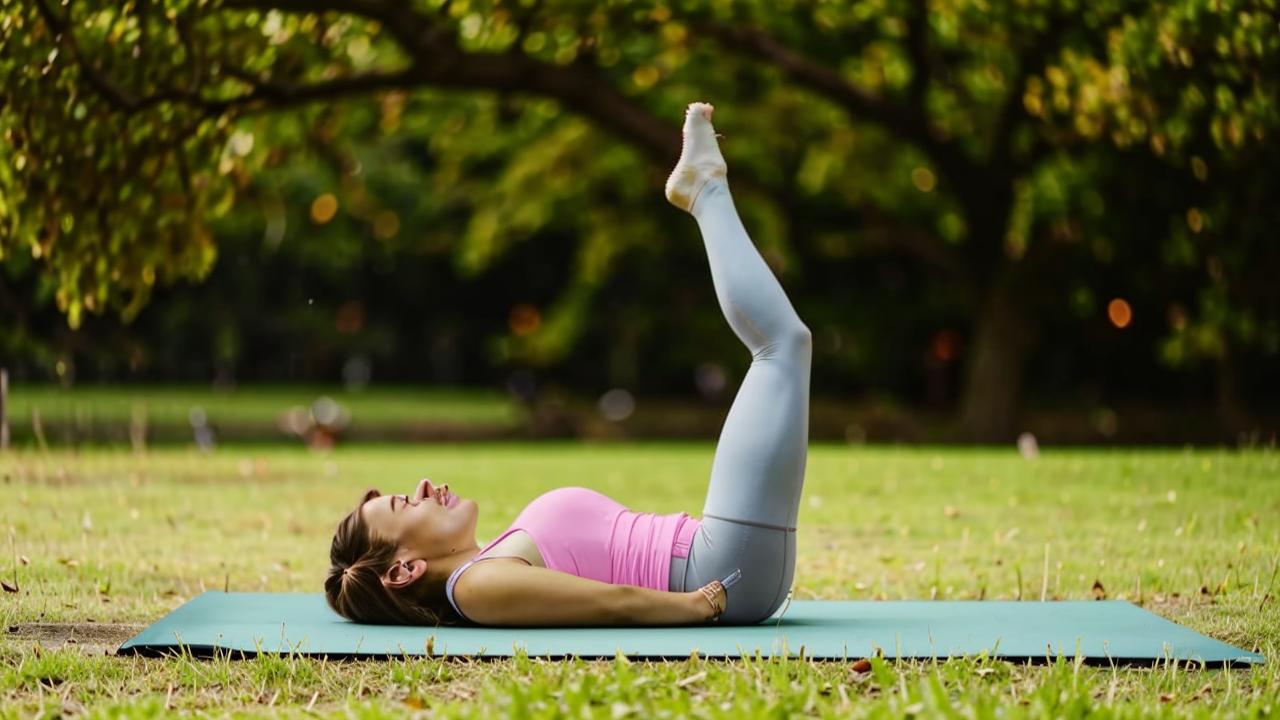
Straight leg raise lying on your back
Technique
- Lie on your back, legs straight, toes pointing towards yourself. Make a slight bend in the lower back.
- Relax the neck, it does not need to be tense. The shoulder blades are pressed to the floor.
- On exhalation slowly, without jerking, lift the straight leg up to an angle of 45 degrees, making a small pause at the top point.
- As you inhale, smoothly lower the leg back to the starting position, pointing the toes toward you. Watch the position of the lower back.
Perform three approaches of 15 repetitions for each leg. Rest between approaches – 1-2 minutes.
